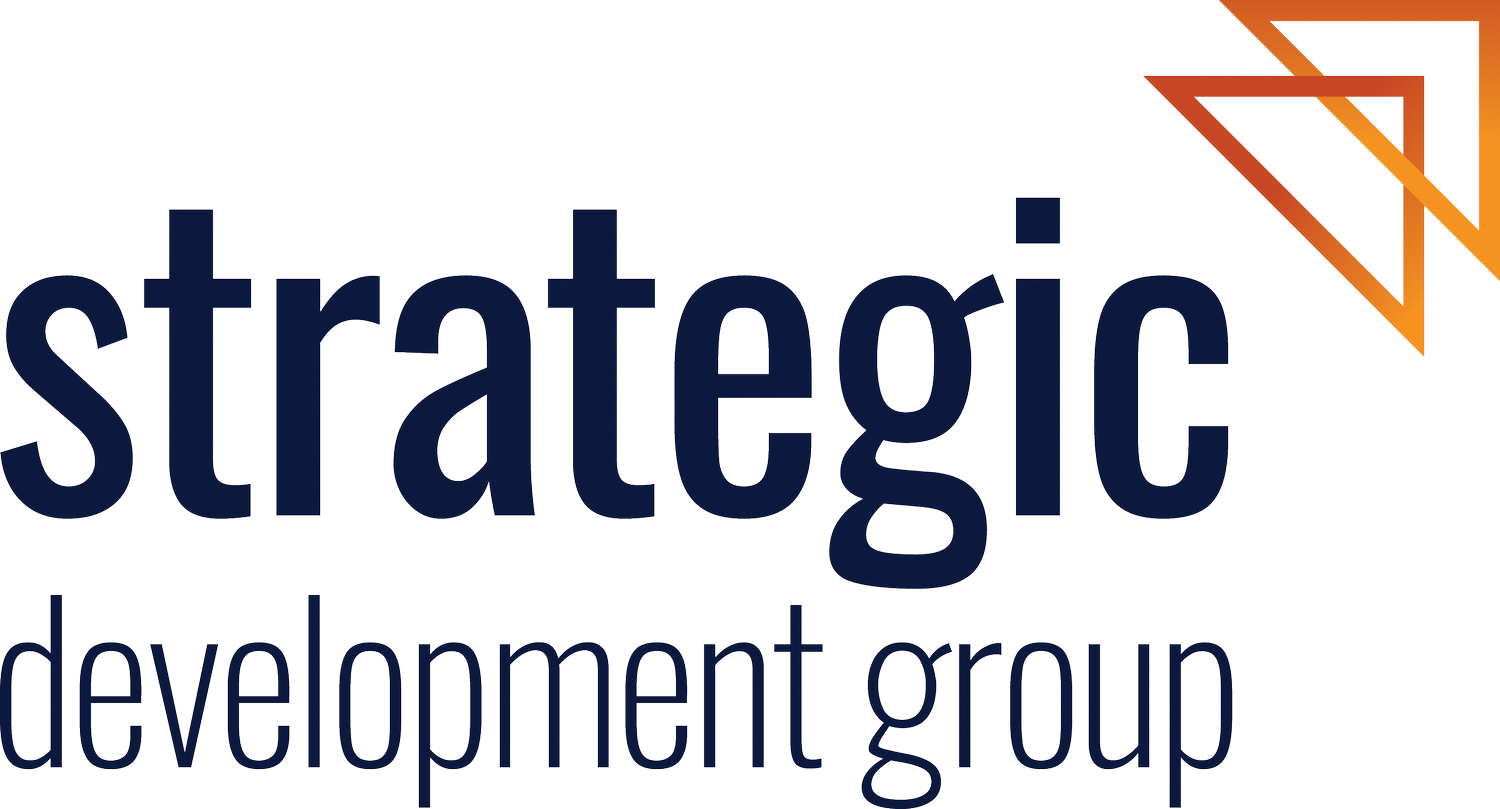Department OF CLIMATE CHANGE, ENERGY, ENVIRONMENT AND WATER (DCCEEW)
March - June 2023
The Challenge
The National Koala Recovery Team sought a program logic for the National Recovery Plan for the Koala Phascolarctos Cinereus (combined populations of QLD, NSW & ACT) including an outcomes hierarchy, risk management framework, and key performance indicators.
Funded as part of the Australian Government Saving Koalas Fund, the Recovery Plan was developed after koalas in Queensland, New South Wales and Australian Capital Territory were listed as endangered in 2022.
The Recovery Team want to utilise program logic to refine the pathways to success, track progress towards achieving objectives, and identify any potential risks and challenges that may arise during the implementation of the National Recovery Plan.
The National Recovery Plan is a broad plan and sets out the roadmap for a national integrated recovery effort, covering all aspects of work across multiple stakeholders and community groups.
The Recovery Plan outlines objectives, strategies and actions to achieve the stated goal, to:
Stop the trend of decline in population size of the listed Koala, by having resilient, connected, and genetically healthy metapopulations across its range, and to increase the extent, quality and connectivity of habitat occupied.
The Solution
We reviewed the National Recovery Plan, existing areas of strategic focus, and some action mapping that had been done by the Koala Recovery team.
We developed an early draft and discussed it with the client, offering guidance along the way about best uses of program logic. The early discussions lead to us making more adjustments to try and get the best outcome for the client, within the time we had and the framework of the contract. We set to work on 37 action-focused program logics, and the development of a 'model' to provide a greater focus on how the Recovery Team can best support the delivery of the Plan. These action-based logic models, fed into one overarching program logic, that utilised the full extent of our creative design skills.
The outcome
Specifically, the purpose of the work was to deliver:
An outcomes hierarchy that explicitly links the actions in the recovery plan to the objectives, including better defining the long-term and intermediate outcomes, and the outputs and activities that will be required to achieve these outcomes.
A risk management framework articulating the assumptions and risks related to achievement of the recovery plan objectives including strategies that will be used to mitigate these risks.
Key evaluation questions to determine if the program has been successful across five evaluation categories.
Key performance indicators that will be used to measure progress towards achieving the objectives and performance criteria of the recovery plan, including both quantitative and qualitative indicators.
We were happy to play our part and encourage everyone to take a look at the recovery plan and see how you might be able to support plans to protect one of our nation’s (cutest and fluffiest) treasures.


